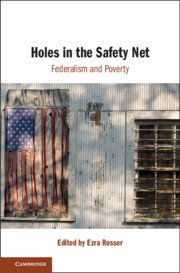Article: Shakira D. Pleasant, More than Just the Numbers: Fisher v. Texas and the Impact of Texas’s Top Ten Percent Law, 24 Univ. Miami Bis. L. Rev. 111 (2016).
Data — actual facts — demonstrate that Texas’s Top Ten Percent Law (“TTPL”) is insufficient to achieve diversity in the state’s universities and colleges. A significant amount of TTPL students graduated from hyper-segregated schools where African-American and Latino/a students, combined, comprised 80% or more of the total school population. Also, a substantial amount of these hyper-segregated schools had an economically disadvantaged student population exceeding the state average of 60.2%. Even with these numbers, however, Caucasian students were the majority racial group admitted to the University of Texas at Austin (“UT”) via TTPL in 2012, 2013, and 2014. Thus, this essay concludes, as did the brief, that “racial isolation in schools is a perverse and insufficient means to attain diversity in higher education.”
Part one gives background about the TTPL — the underlying law at issue in Fisher v. Texas. Part two contrasts statewide enrollment data and TTPL admissions data. Part three focuses on regional TTPL data, specifically Region 4 (Houston), which produces the highest rate of students that are automatically admitted to UT. The final part analyzes the data and TTPL’s impact on UT’s holistic admissions process — the underlying issue in Fisher v. Texas. From this analysis, part four demonstrates that UT needs TTPL and its holistic process to combat racial and socio-economic isolation which precludes diversity within racial groups.





